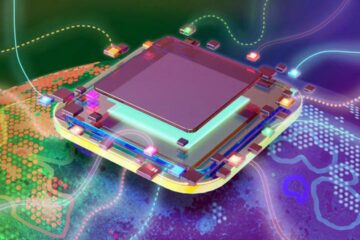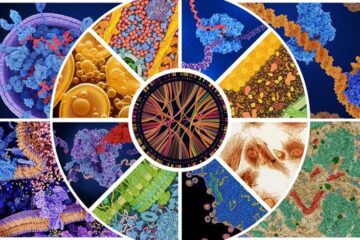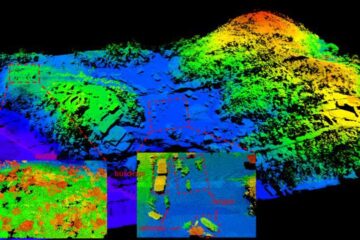Signals from stroking have direct route to brain

This is shown by a new study from the Sahlgrenska Academy, University of Gothenburg, Sweden. The discovery may explain why touching the skin can relieve pain.
The specialised nerve fibres in the skin are called CT nerves (C-tactile) and they travel directly to the areas in the brain that are important in the emergence of feelings.
“Basically the signals that tell the brain that we are being stroked on the skin have their own direct route to the brain, and are not blocked even if the brain is receiving pain impulses from the same area. In fact it's more the opposite, that the stroking impulses are able to deaden the pain impulses,” says Line Löken, postgraduate student in neurophysiology at the Sahlgrenska Academy.
The results are being published in the distinguished scientific journal, Nature Neuroscience. The research group examined a group of healthy subjects using a technique called microneurography.
“By inserting a thin electrode into a nerve in the forearm we can listen in on the nerve and pick up signals from one of the thousands of nerve fibres that make up a nerve,” explains Associate Professor Håkan Olausson, who is leading the research group behind the discovery, together with Johan Wessberg.
Each individual nerve fibre is responsible for touch signals from roughly a square centimetre of skin. The research team used a specially-designed robot, which brushed over the exact area of skin for which a particular nerve fibre is responsible. The subjects were also asked to rate how pleasant or unpleasant they found the brushing.
“As the nerve signals that were sent in the CT nerves became more frequent, the subjects reported the experience as being increasingly pleasant. Of the skin nerves that we studied, it was only the CT nerves that had this strong link between the frequency of the signals and how pleasant it felt,” says researcher Johan Wessberg.
For further information, contact:
Line Löken, postgraduate student, telephone: +46 (0)705 658861, e-mail: line.loken@neuro.gu.se
Håkan Olausson, Associate Professor, telephone +46 (0)733 823416, e-mail: hakan.olausson@gu.se
Johan Wessberg, Senior Lecturer, telephone: +46 (0)31 7863506, e-mail: johan.wessberg@physiol.gu.se
Journal: Nature Neuroscience
Title of the article: Coding of pleasant touch by unmyelinated afferents in humans
Authors: Line S. Löken, Johan Wessberg, India Morrisson, Francis McGlone, Håkan Olausson
Elin Lindström Claessen
Public Relations Officer at The Sahlgrenska Academy at the University of Gothenburg
Telephone: +46 (0)31 7863837, +46 (0)70 8294303
E-mail: elin.lindstrom@sahlgrenska.gu.se
The Sahlgrenska Academy is the health science faculty at the University of Gothenburg. The academy runs courses and pursues research within medicine, odontology and care sciences. Around 4,000 undergraduates and 1,000 postgraduate students study at the Academy. The Academy employs 1,500 people, of which 850 are researchers and/or teachers.
Media Contact
All latest news from the category: Health and Medicine
This subject area encompasses research and studies in the field of human medicine.
Among the wide-ranging list of topics covered here are anesthesiology, anatomy, surgery, human genetics, hygiene and environmental medicine, internal medicine, neurology, pharmacology, physiology, urology and dental medicine.
Newest articles

A universal framework for spatial biology
SpatialData is a freely accessible tool to unify and integrate data from different omics technologies accounting for spatial information, which can provide holistic insights into health and disease. Biological processes…

How complex biological processes arise
A $20 million grant from the U.S. National Science Foundation (NSF) will support the establishment and operation of the National Synthesis Center for Emergence in the Molecular and Cellular Sciences (NCEMS) at…

Airborne single-photon lidar system achieves high-resolution 3D imaging
Compact, low-power system opens doors for photon-efficient drone and satellite-based environmental monitoring and mapping. Researchers have developed a compact and lightweight single-photon airborne lidar system that can acquire high-resolution 3D…





















